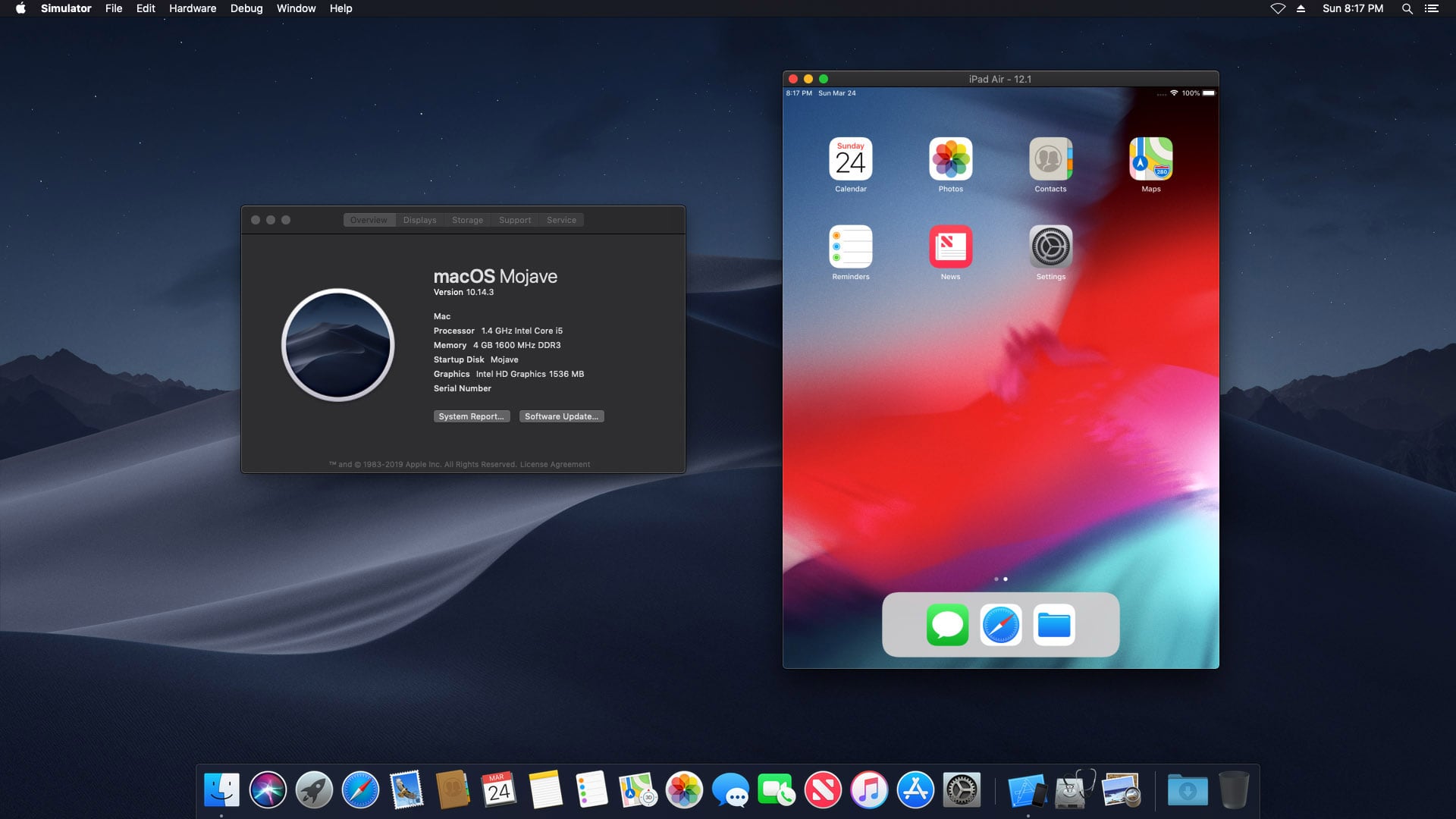Red.io Mac OS
- Community node module catalogue. Contribute to node-red/catalogue.nodered.org development by creating an account on GitHub.
- Or a)ust'u Os ha ena rtdo bastante to cr1- no, a ins gringos, attados do Iogts- ilmunro oa-yocomo norts- nij in. S o evdents que ci Imt- terra-los ponttdar(Oa consrada- ltro eu e noberlcao. Ldea aei rii os ha extendtdo n 50 rca ade Lloyd assurge to aba.ndona- e ronoiO 00r00-n.
Syntax
Expressions
Io has no keywords or statements. Everything is an expression composed entirely of messages, each of which is a runtime accessible object. The informal BNF description: For performance reasons, String and Number literal messages have their results cached in their message objects.対応mata(日本語版) Windows ogg fairu 8.1(32/64 ビット)Windows 8(32/64 ビット)、Windows 7(32/64 ビット)、Windows Vista(32 ビット) Mac OS X 10.7 shita 10.11、macOS 10.12 対応ブラウザ Internet ExplorerHoshou dekiru Kikaku Edge 20 Safari 6/7/8/9/10 ・スマートフォン.
Redo Mac Os

Messages
Red.io Mac Os X
Message arguments are passed as expressions and evaluated by the receiver. Selective evaluation of arguments can be used to implement control flow. Examples: In the above code, 'for' and 'if' are just normal messages, not special forms or keywords.Likewise, dynamic evaluation can be used with enumeration without the need to wrap the expression in a block. Examples: Methods like map and select will typically apply the expression directly to the values if only the expression is provided: There is also some syntax sugar for operators (including assignment), which are handled by an Io macro executed on the expression after it is compiled into a message tree. Some sample source code: Like Self[2], Io's syntax does not distinguish between accessing a slot containing a method from one containing a variable.

Operators
An operator is just a message whose name contains no alphanumeric characters (other than ';', '_', '' or '.') or is one of the following words: or, and, return. Example: This just gets compiled into the normal message: Which is the form you can use if you need to do grouping: Standard operators follow C's precedence order, so: Is parsed as: User defined operators (that don't have a standard operator name) are performed left to right.OperatorTable
Operators can also be added or removed, or have their precedence changed by using the global OperatorTable object. For example:adds the !! operator with a precedence of 3. Note that this change will not effect the source file in which the OperatorTable is modified as the full file is parsed before it is evaluated.Assignment
Red.io Mac Os Catalina
Io has three assignment operators:| operator | action |
|---|---|
| ::= | Creates slot, creates setter, assigns value |
| := | Creates slot, assigns value |
| = | Assigns value to slot if it exists, otherwise raises exception |
Red.io Mac Os Download
These operators are compiled to normal messages whose methods can be overridden. For example:
| source | compiles to |
|---|---|
| a ::= 1 | newSlot('a', 1) |
| a := 1 | setSlot('a', 1) |
| a = 1 | updateSlot('a', 1) |
On Locals objects, updateSlot is overridden so it will update the slot in the object in which the method was activated if the slot is not found the locals. This is done so update assignments in methods don't require self to be an explicit target.